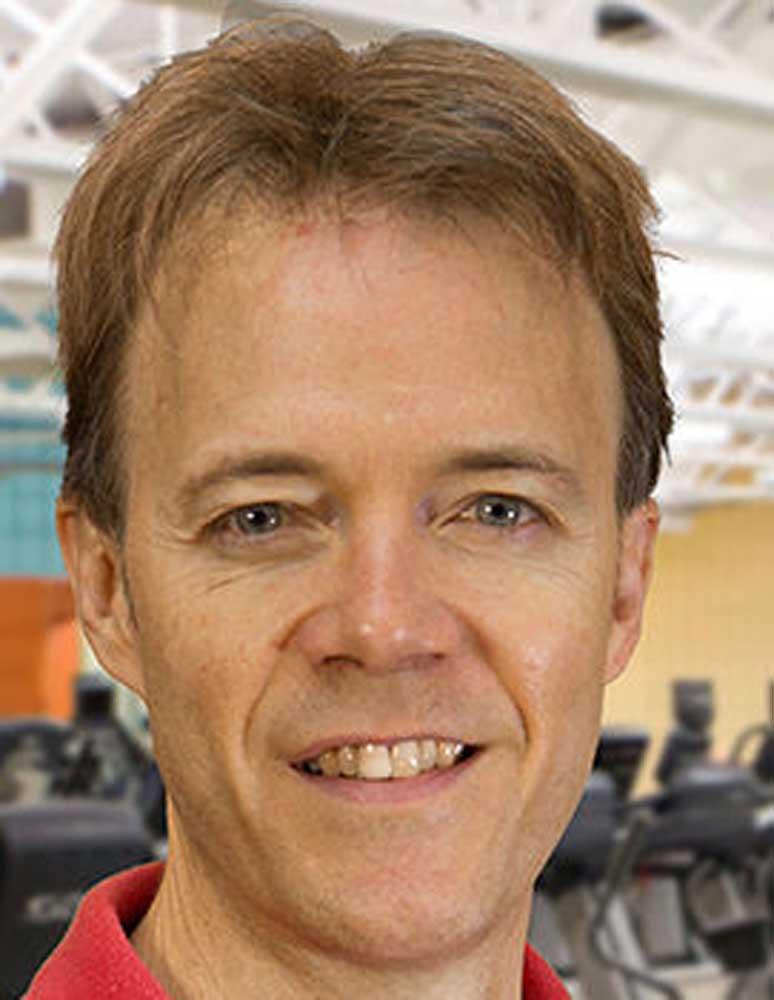Keeping Fit: The BEST plan for preventing osteoporosis
Published 11:00 am Sunday, July 30, 2023

- Thomas Morrison
As people become older, bone thinning, or osteoporosis, can become a major determining factor in quality of life. Postmenopausal women are especially prone to osteoporosis because they lack estrogen, but men can become susceptible as well. Most people know this and begin to take calcium and/or vitamin D supplements to ward off the debilitating disease. Nevertheless, while these can be important if your levels are deficient, they are not in and of themselves enough.
The most important component
Trending
There are a few things that can be done in order to prevent or treat osteoporosis. Foremost in many people’s minds, besides calcium, is medication. As mentioned earlier, women that lack estrogen are at a higher risk for this debilitating disease and therefore can resort to hormone replacement therapy.
And then there is the whole class of “bone-building” drugs, but since this is not an area of expertise I’d like to focus on the part that we know the most about, yet is the most neglected, strength training. Although an adequate calcium intake is important, without a stimulus to the bone through strength training how will the bones get any denser? It is the muscle pulling on the bones with strong contractions that stimulates the bone to build. Without such resistance work, bone loses density at an accelerated rate after menopause, and a sound resistance-training program becomes the most important component in an osteoporosis prevention program at that point.
When strength training becomes BEST
One such study that brings this point home is the Bone Estrogen Strength Training (BEST) Study that examined over four years how strength training exercise, combined with adequate calcium intake, would change bone mineral density in the most at risk group, post menopausal women. Their results demonstrated how dangerous it is for women not undergoing hormone replacement therapy to also forgo a strength-training program.
Even with sufficient calcium intake, if they didn’t strength train they lost significant amounts of bone in just the four years of the study. But those women who did progressively strength train were able to retain their bone mass, even in the absence of hormone replacement therapy. In fact, in the hip region they actually increased their bone mass by 1% in the first year. That’s pretty exciting considering the other women were steadily losing theirs. The most successful women of all, though, did take hormone replacement therapy, calcium and strength trained. This group increased bone mass in every area tested during the four-year period.
The right exercise prescription
Trending
To get these kinds of results you will need the right exercise prescription, and two types of exercise have been identified as important for building and maintaining bone mass: weight-bearing and resistance exercises.
Weight-bearing exercises are those in which your bones and muscles work by supporting your bodyweight against gravity, basically any exercise in which your feet and legs are bearing your weight. Jogging, walking, stair climbing, dancing and most sports are examples of weight-bearing exercise with different degrees of impact.
Higher-impact and more activity are associated with stronger bones and are good for prevention, but high-impact activity isn’t as safe for people who already have osteoporosis. Swimming and bicycling are examples of low-impact exercises that will give you a good cardiovascular workout, but since they’re not weight-bearing exercises they won’t work for treating osteoporosis.
That leaves resistance exercise as the activity of choice for everyone to use to progressively and safely strengthen bone. These activities include weightlifting with free weights or weight machines. The women from the BEST study used weights equal to 70-80% of the most weight they could lift one time to stimulate bone building. They lifted these weights three days a week (two sets of 6-8 reps), on about eight basic exercises, which were chosen to work major muscles attached to the bone they wanted to build.
Your own routine
A good overall routine includes a warmup of weight-bearing activity for a few minutes (like walking) followed by about 20 minutes of strength training with weights heavy enough that you couldn’t lift them more than 10-12 times. More weight-bearing activity can be done afterward, or on alternate days to train your heart and cardiovascular system, like stair stepping, jogging or even a dance or aerobics class.
If you would like more information about how to prevent osteoporosis and get started with an effective strength-training program, the Bradley Wellness Center has trained professionals who can help you set up your own result-producing routine. Give us a call at (706) 278-WELL.





